Contents
The Essence of Location Lighting
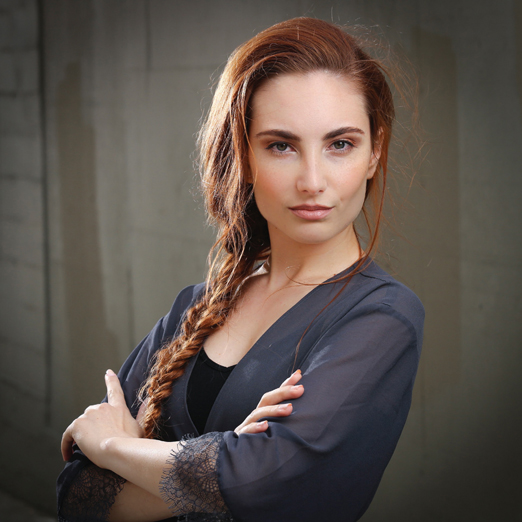
Correct Exposure vs. Appropriate Exposure
Basic Daylight Exposure (The Sunny 16 Rule)
Metering Ambient Light Plus Flash
The Relative Size of the Light Source
Diffusion with Scrims and Panels
Background Control (Key Shifting)
Subtracting Light with a Porch
Subtracting Light with a Garage Door
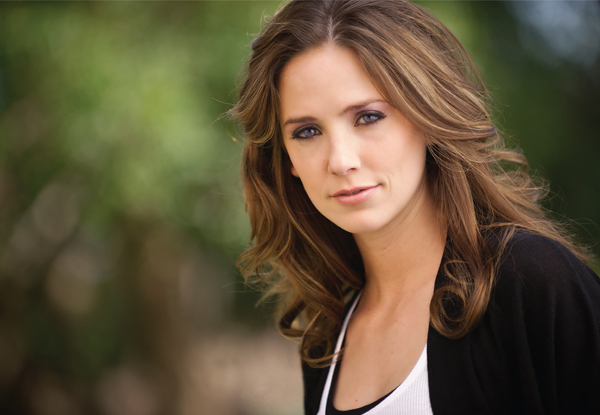
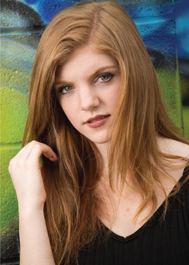
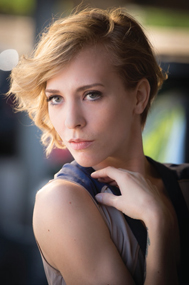
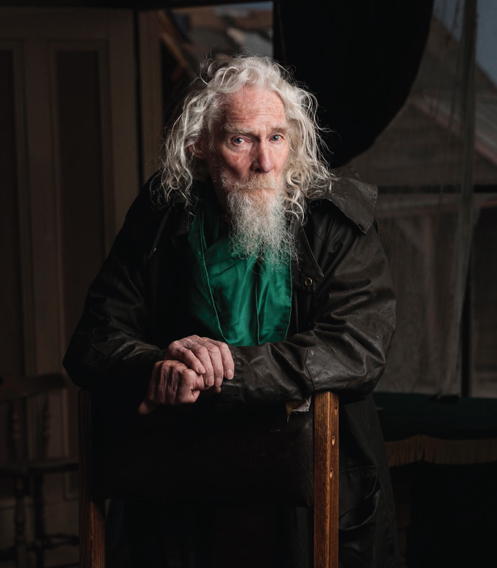
Background Control (Key Shifting)
6. Adding to the Ambient Light
The Angle of Incidence Equals the Angle of Reflectance
8. Color Temperature and Light

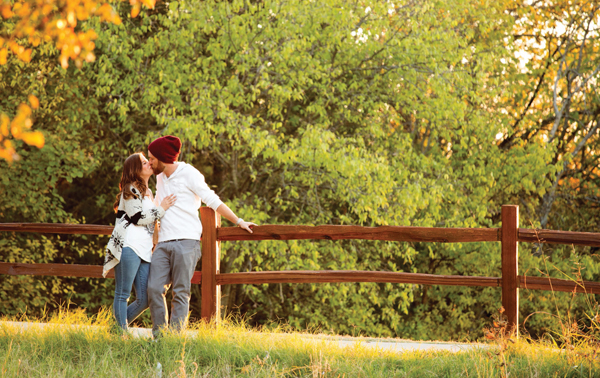
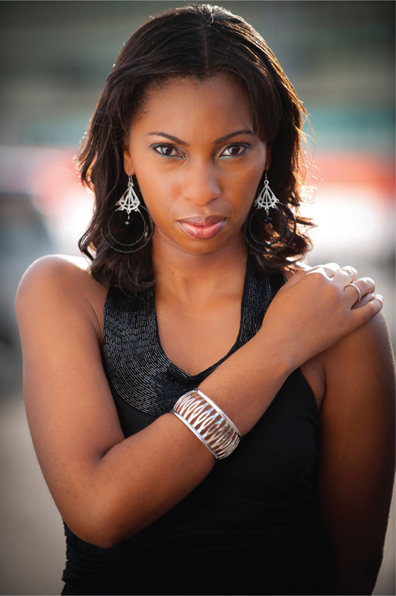
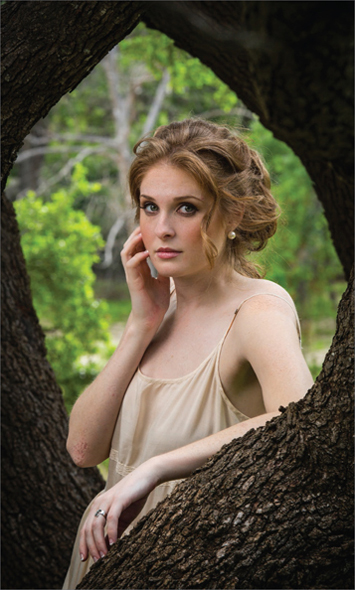
The Distance of the Subject to the Window
Camera, Subject, and Window Angles